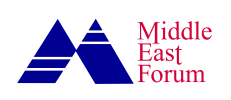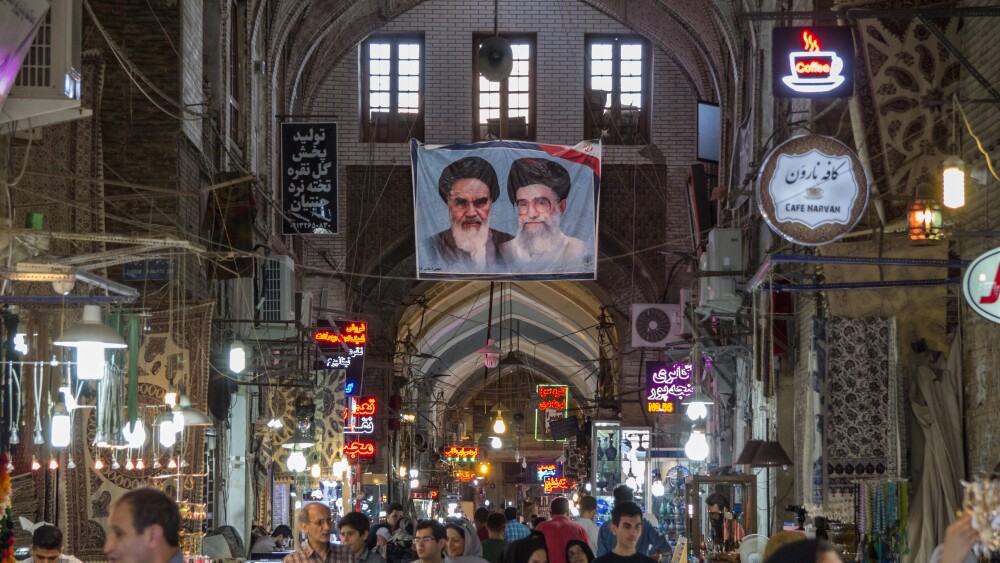Israel’s attacks on Iran are ongoing and may trigger another change in the region. Under the leadership of Prime Minister Benjamin Netanyahu, Israel is advancing its vision of a “New Middle East.” Central to this vision is the dismantling of Iran’s regional influence networks, including its proxies in Lebanon, Yemen, and Syria. Recent Israeli operations have delivered blows to Hezbollah in Lebanon and Iranian assets in Syria. Yet, the broader strategy is incomplete. Iran remains the fulcrum of change, though it is unlikely to be the final chapter of this blueprint.
For years, Iran has projected power through asymmetrical warfare, militias, and ideological alliances. But today—amidst Israel’s military strikes and the collapse of nuclear negotiations between the United States and Iran—the prospect of destabilization inside Iran is no longer remote. Instead, it is becoming a strategic priority.
A collapse at Iran’s center would shift power to Iran’s long-marginalized and suppressed ethnic groups.
In early December 2024, the Assad regime in Syria collapsed. A similar scenario could unfold in Iran if Supreme Leader Ali Khamenei and President Masoud Pezeshkian flee the country—most likely to Russia, their closest remaining ally. There, they might reconnect with Bashar al-Assad, forming a bloc of toppled strongmen struggling to stay politically relevant.
Such a collapse at Iran’s center would shift power to Iran’s long-marginalized and suppressed ethnic groups. The Baluch in the southeast and the Kurds in the west have long endured repression, neglect, and cultural erasure under Tehran’s Persian-dominated regime. Yet unlike past uprisings, today’s groups are more organized, more connected to regional actors, and more prepared to step into a power vacuum.
For Israel, this moment represents both a threat and an opportunity. Tehran’s collapse would pose risks—chaos, refugee flows, potential for nuclear material insecurity—but it also would offer a chance to break Iran’s so-called Shi’a crescent.
However, the outcome is not guaranteed. Iran’s security apparatus, including the Islamic Revolutionary Guard Corps and paramilitary Basij, remains entrenched and ideologically driven. But the tide of unrest, isolation, and external pressure is rising. In the wake of any contingencies, national minorities should be in a position to control their own homelands. Empowering Iran’s non-Persian groups could serve as both a buffer against future Iran’s centralization and a lever to reshape the region in alignment with Western and Israeli interests. This is particularly relevant in western Iran, a geopolitically critical region that is predominantly Kurdish and shares a border with the Kurdistan Regional Government in Iraq. Following recent assaults on Iran’s air defenses, Israel has now established air superiority over this corridor, enabling surveillance and potential tactical operations—a development that echoes previous proposals of a no-fly zone. This, in turn, creates a significant strategic opportunity for Kurdish forces.
Kurdish-controlled areas have posed no threat to the United States or Israel, underscoring the strategic value of supporting Kurdish autonomy.
This model already has proven effective in Syria, where Kurdish-led forces have maintained control over approximately one-third of the country since 2012. Notably, these Kurdish-controlled areas have posed no threat to the United States or Israel, underscoring the strategic value of supporting Kurdish autonomy as a stabilizing buffer against Iranian influence.
Whether or not a full regime change unfolds in Iran as it did in Syria, the structural conditions—internal fractures, external intervention, and regional recalibration—are aligning. For the first time in decades, Iran may be standing on ground as unstable as the regimes it once helped to topple.
The question no longer is whether the regime can reform; instead, as with Assad’s Syria, the question now is whether the Islamic Republic can even survive.








